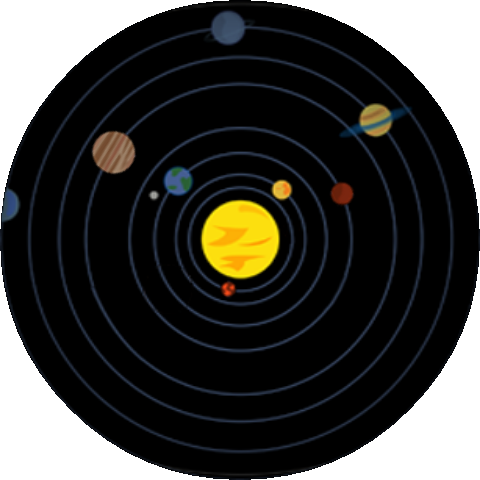#6 Au bout de sa plume
Exactly 30 years ago the Voyager 2 spacecraft took the first ever pictures of planet Neptune, finally giving the furthest planet of our Solar System a face. The
story behind its discovery in 1846 shows the incredible power of mathematics. Until that moment, people believed that the Solar System was composed of 7
planets. Uranus, discovered only about 80 years earlier, was closely studied by astronomers, who had been compiling an accurate table of ephemerides
(the positions of the planet during its orbit around the Sun). Some dynamicists remarked something strange: the actual position of Uranus did not exactly match
the predictions based on the gravitational attraction of the Sun and the other planets. People came up with the strangest ideas. Someone even conjectured that
Newton’s law was not valid at such great distances from the Sun. Two mathematicians, Adams and Le Verrier, more reasonably hypothesized that the distortion in
the real Uranus orbit was maybe due to the perturbation of another planet. They made independent calculations and predicted where this unknown planet would be.
A telescope pointed at those locations and there it was Neptune! If this does not make you want to study maths, nothing will.
More »
